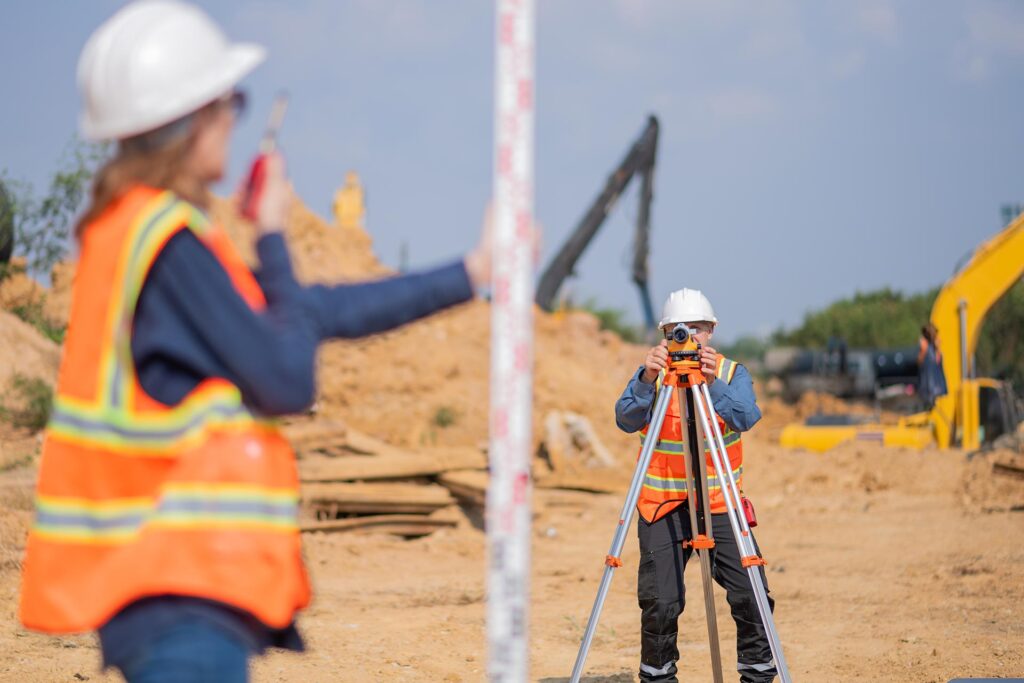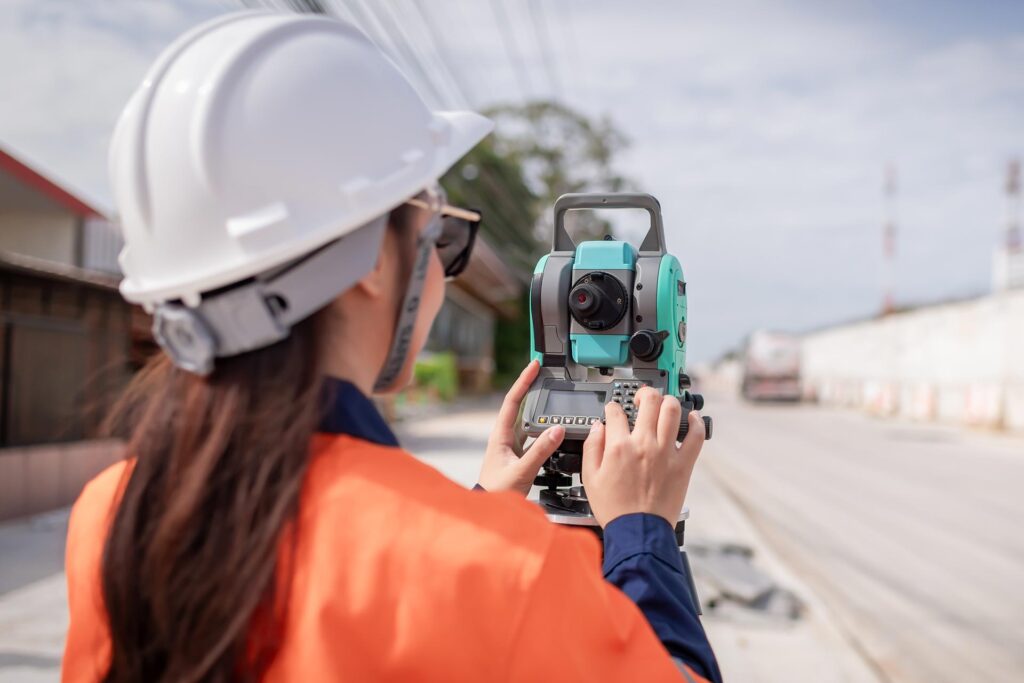
Accurate land surveying is a crucial component in modern infrastructure development. It ensures that property boundaries are correctly defined, preventing costly legal disputes. Surveying provides the foundation for construction planning, utility placement, and land division. Without accurate data, projects can suffer from delays and design errors. Land surveyors use advanced tools like GNSS and total stations to enhance precision. Developers, engineers, and homeowners rely on these measurements to build safely and efficiently. Even small miscalculations can lead to major setbacks or compliance issues. Modern surveying combines traditional methods with technology for better outcomes. From urban planning to agricultural zoning, land data plays a vital role. As development grows, the need for accuracy becomes more important than ever.
One of the main benefits of land surveying is legal clarity. It determines where your property begins and ends, which is critical for ownership. Without a proper survey, disputes between neighbors can arise over fences, driveways, or land use. Surveying also supports due diligence when buying or selling land. A certified land survey can uncover issues like encroachments or easements. Lenders and title companies often require surveys before approving loans. This step protects all parties involved in a real estate transaction. Additionally, accurate surveys ensure compliance with zoning laws and building codes. Governments use survey data for planning and infrastructure design. Land surveying acts as a legal safeguard for both private and public development.

Technology has revolutionized the field of land surveying in recent years. Global Navigation Satellite Systems (GNSS) allow surveyors to capture data with centimeter-level precision. Drones offer aerial perspectives and map large areas in a fraction of the time. Total stations provide angular and distance measurements in real-time. Laser scanners produce 3D models of terrain and built environments. These tools enhance productivity and minimize human error. Data from surveys can be processed using CAD and GIS software. This integration results in detailed, layered maps for architects and engineers. Technology also makes it easier to survey remote or hazardous locations. The future of surveying will continue to rely heavily on tech innovation.
Construction projects heavily depend on accurate surveying from start to finish. Site staking ensures that buildings, roads, and utilities are placed in the correct locations. Surveying helps determine cut and fill volumes for excavation. It also supports grading plans and drainage design. Contractors rely on survey data to avoid construction delays. Errors in elevation or alignment can result in costly rework. Surveyors frequently return to the site for layout checks and verification. They work closely with project managers and engineers throughout the build. Construction success begins with precise land measurements. Without it, even the best designs can fall apart on-site. Surveying provides the roadmap that builders follow.
Topographic surveys are essential for understanding a site’s surface features. These surveys capture elevation changes, vegetation, water bodies, and man-made structures. Engineers use topographic data to design site grading and drainage systems. Architects need this information to place structures appropriately. Environmental assessments also rely on terrain data. Flood planning, erosion control, and landscaping begin with accurate topography. Surveyors use contour lines and 3D modeling to visualize land surfaces. This allows for better design decisions early in the project. A topographic map tells more than just where; it explains how the land behaves. Without this insight, development could face environmental or structural issues. Mapping the land is the first step to building on it.
Land surveying supports a variety of sectors beyond construction. Agriculture uses land maps for irrigation and soil management. Governments rely on surveys for road planning and land use control. Utility companies map underground infrastructure with survey data. Surveying also supports disaster recovery by documenting terrain changes. Urban planning depends on survey insights to manage growth responsibly. Even mining operations use surveys to plan and monitor extraction sites. Every industry that interacts with land benefits from accurate data. Surveyors play a key role in shaping both natural and built environments. Their work ensures safety, legality, and sustainability. With accuracy as the core value, surveying guides smart development worldwide.
